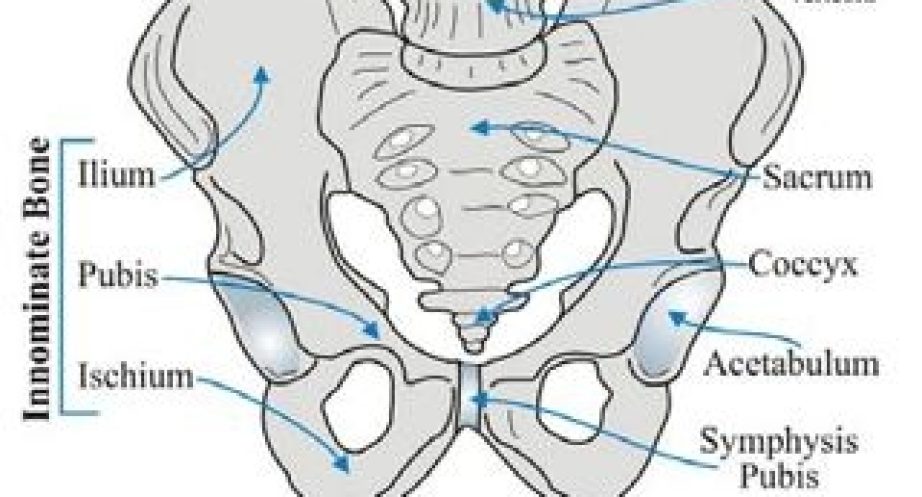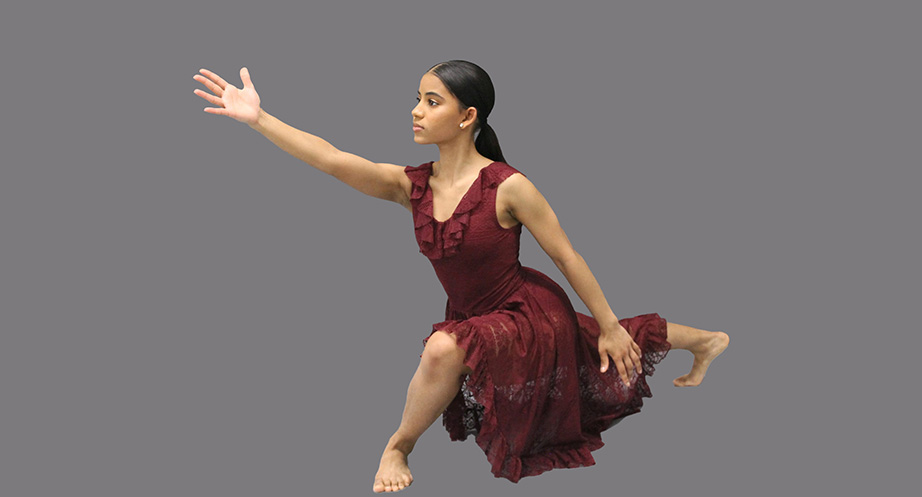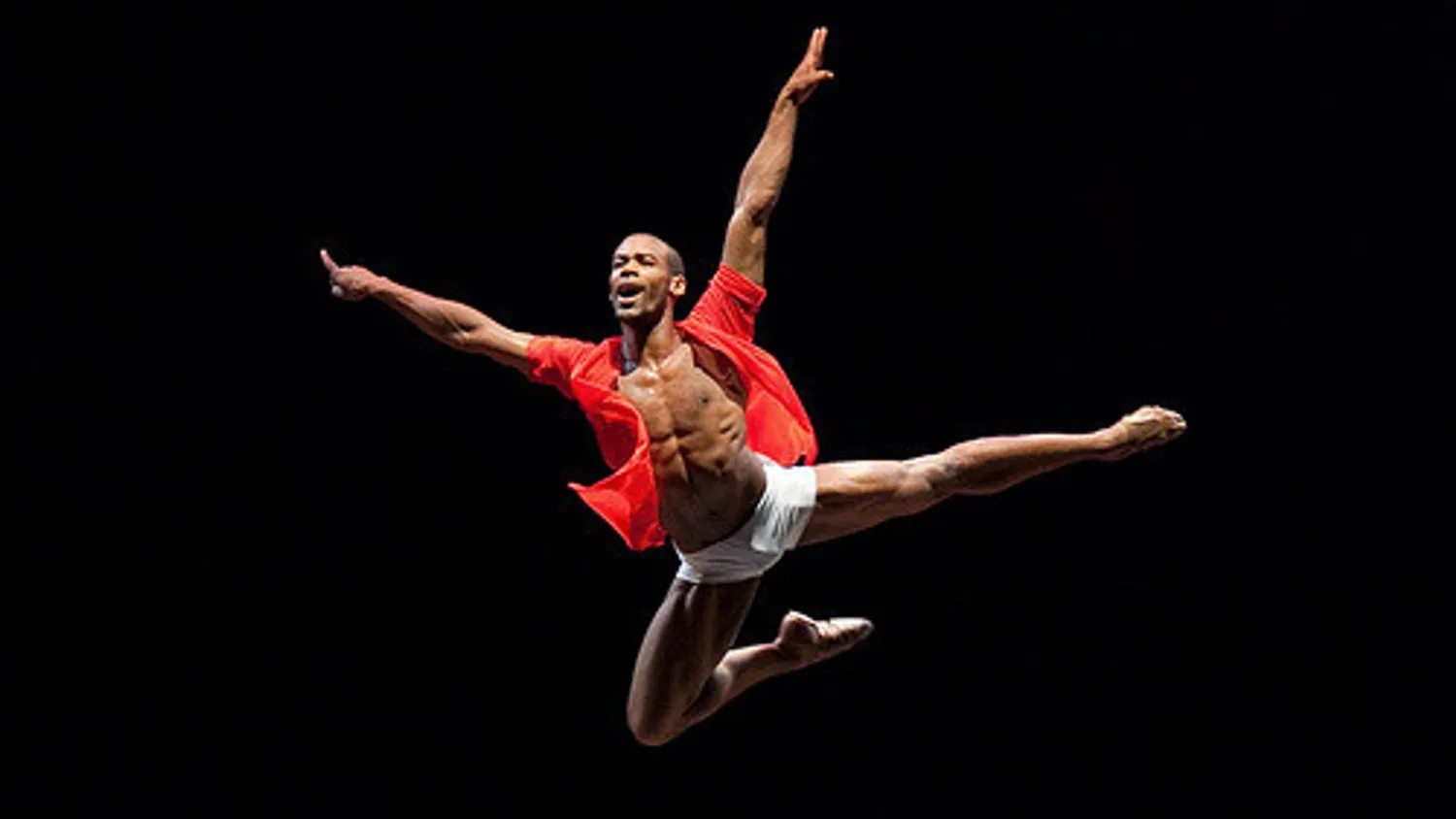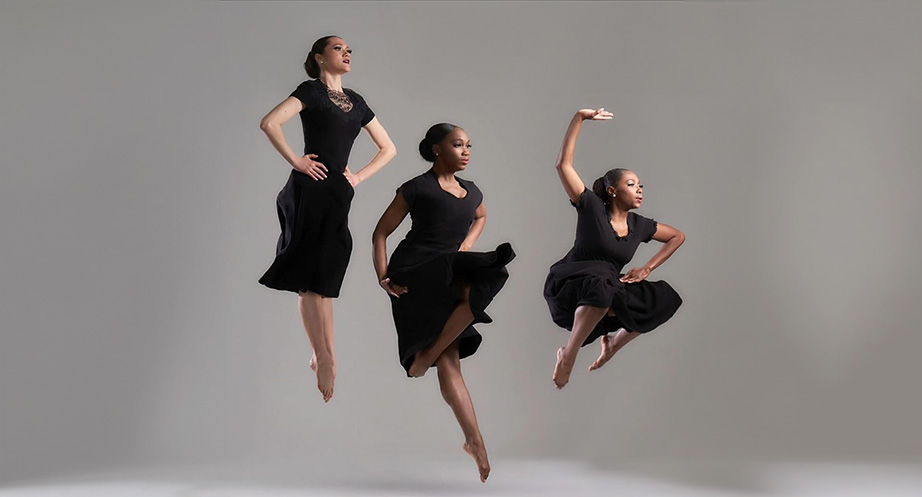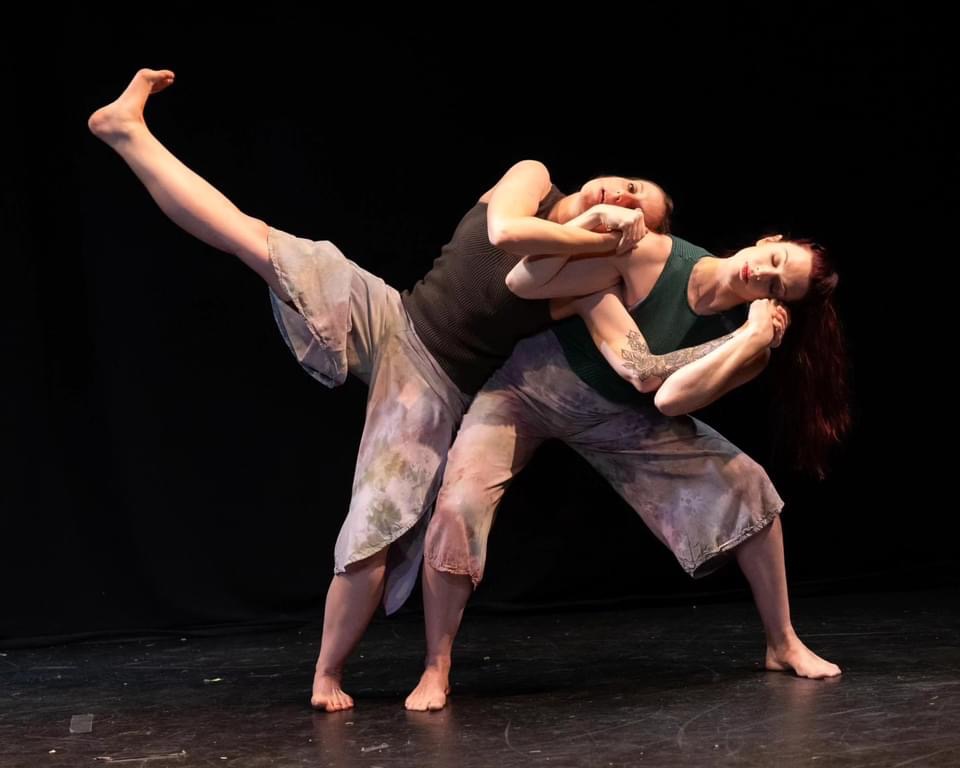by Janine Bryant for The Dance Journal
Perhaps one of the most challenging tasks faced by dancers everywhere is to truly understand one’s individual pelvic alignment tendencies. Is my pelvis too far forward (anterior tilt), or is it too far backward (posterior tilt)? Perhaps you are like me – my ribcage likes to shift through the frontal plane (sideways) slightly more left than right, causing a challenging misalignment with my pelvis.
In an effort to understand the pelvic complex more fully, dancers can begin by thinking of the pelvis as a bowl. When looking at pelvic anatomy, and visualized with surrounding ligaments and the muscles of the pelvic floor, the shape does truly resemble a bowl. Teachers of dance often use this image to help dancers level out the contents of this bowl-like structure. The goal here is to encourage ‘pelvic neutral’, a desired position for dancers that can lead to bigger ranges of motion, more technical freedom and less stress on surrounding ligaments.
In a recent two-part article posted by the IADMS (International Association of Dance Medicine and Science) Education Committee, this topic was explored further. Part One, entitled ‘The Pelvis: The Meeting Point of the Body”, takes a look at pelvic anatomy, structure and alignment.
Thinking about the pelvis as a ‘meeting point’ is an excellent way to encourage dancers to understand the job of the pelvis in terms of support, translation of forces downward into the lower limbs and spinal support. It seems like the perfect structure and yet, for some of us, achieving that perfect pelvic alignment is often easier said than done!
What do dancers need to know? In this part one discussion, having a good grasp of basic pelvic anatomy is a great place to start! In this diagram, we can see the full complex shown from the front – Anteriorly, the hip bones are connected by the symphysis pubis, a cartilaginous joint. Posteriorly, they connect to the sacrum through the sacroiliac joint. The upper part of the sacrum connects with the 5th vertebra of the lumbar spine (lumbosacral joint). {1}
IADMS provides an excellent video link here:
https://www.youtube.com/watch?v=jpScugJrA8
In this side view, we can see the relationship of the complex with the acetabulum (hip socket):
Palpation is also an excellent way to feel and connect with your pelvic parts. Start by laying on your back with your knees bent and simply tracing the anterior (front) pelvic bones with your fingers. If you begin at the top, the first bony projections you will feel are the iliac crests (the anterior superior iliac spines – ASIS). Now roll onto your side and trace diagonally down your back toward the center of your body (medially) to find your sacrum. If you trace straight down and under from the iliac posteriorly, you will find the ischial tuberosities or the ‘sitz bones’. Moving around while palpating is a good way to begin to understand how parts are working together.
The movements of the pelvis include anterior tilt (lifting the tailbone up to the back), posterior tilt (more commonly known as pelvic tucking), lateral lifting (hip hike), and rotation (a turn or spiral). When watching students dancing, we may notice that ease of movement as well as restrictions for specific directions vary from dancer to dancer. {1}
The pelvic ‘neutral’ is a desired position, as surrounding joints and muscles are balanced, offering both stability and shock absorption. However, the effort toward pelvic neutral can often feel like a journey with the experience being different for each dancer!
What then can dancers do to facilitate pelvic neutral? Remember that some misalignments are due to muscle imbalances. Stretching where things are tight and strengthening where things are weak can be really helpful in the journey toward neutral. Here is a great video tutorial to aid in pelvic positioning:
In addition, a good functional assessment by a Certified Athletic Trainer can help to reveal individual strengths and weaknesses in this area.
Next month, we will continue with part two of ‘Pelvic Alignment: Palpations, Projections and Positioning – A Journey Toward Neutral’!
Until next time, friends, dance healthy and strong!
Janine Bryant
Director of Dance Programs
Eastern University
St. Davids, Pa.
[email protected]
1. The Pelvis: The Meeting Point of the Body, posted by IADMS Education Committee, April 27th, 2015: http://www.iadms.org/blogpost/1177934/214606/The-Pelvis-The-Meeting-Point-of-the-Body
Janine received her B.F.A. in Modern Dance from the University of the Arts in 1986. Janine is an active member of the International Association for Dance Medicine and Science and was recently added to their Peer Review Board, Poster Judging Committee and Education Committee. Janine also is a member of PAMA (Performing Arts Medicine Association) and is currently earning her PhD in Dance Medicine and Science from The University of Wolverhampton in the United Kingdom.
- Snapping Hip Syndrome - July 11, 2016
- Safely Increasing Range of Motion or Never, EVER Stretch a Cold Muscle - January 7, 2016
- The Aging Dancer – Part 3 – A Global Survey - November 1, 2015

